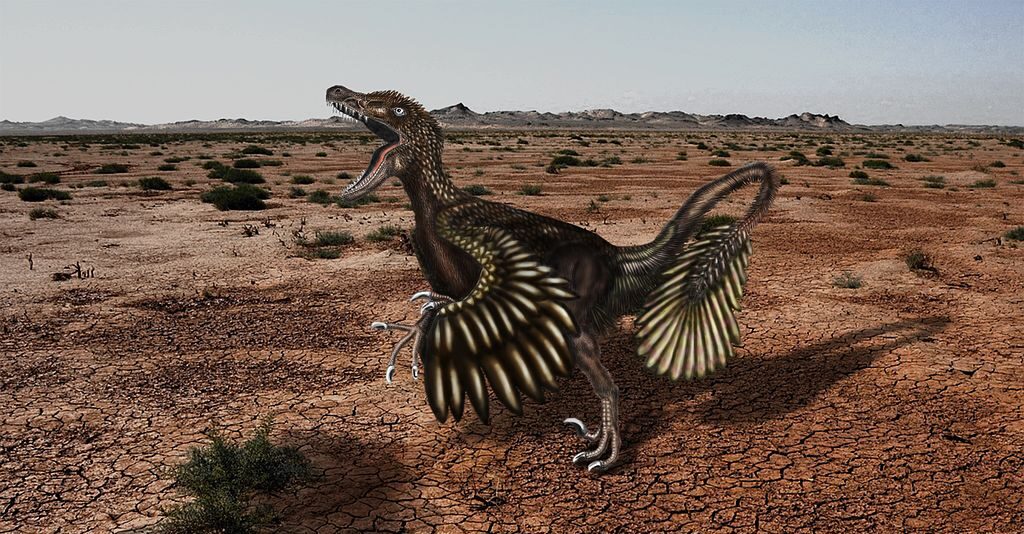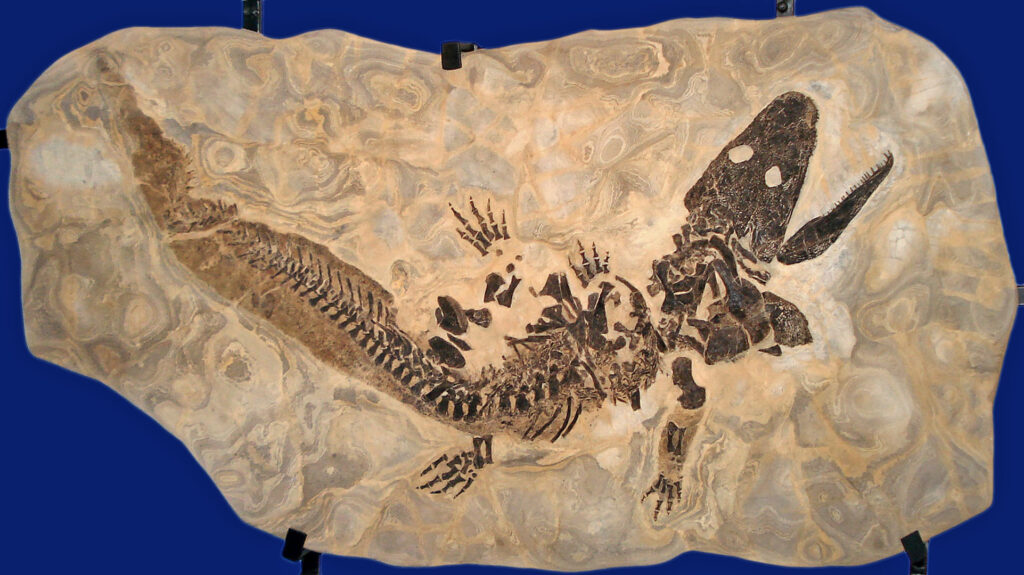The popular image of dinosaurs as fierce, bellowing predators or ponderous plant-eaters has dominated our collective imagination for generations. However, recent scientific discoveries and evolving understanding of dinosaur behavior suggest there may have been more nuance to dinosaur lives than previously thought. Just as modern birds—direct descendants of theropod dinosaurs—engage in playful activities, evidence is mounting that some dinosaur species might have participated in similar behaviors. This article explores the intriguing possibility that dinosaurs, like their avian relatives today, might have played, frolicked, and socialized in ways reminiscent of contemporary birds.
The Evolutionary Connection Between Birds and Dinosaurs
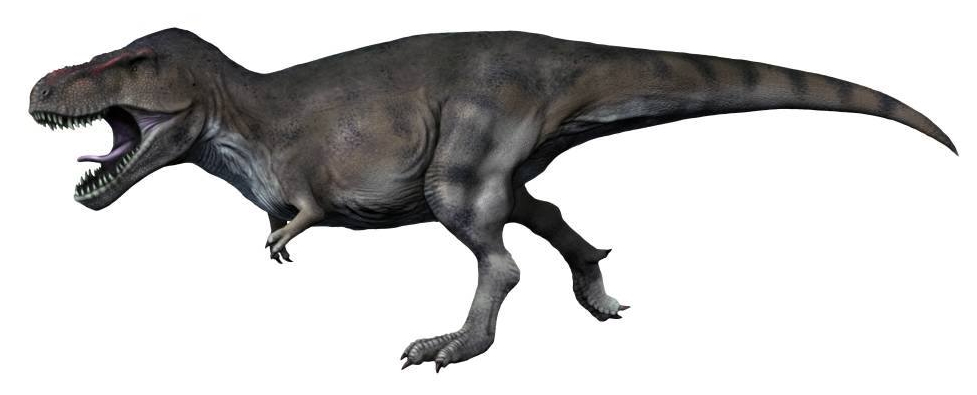
Birds are not merely related to dinosaurs—they are dinosaurs, specifically descendants of a group called theropods that includes the famous Tyrannosaurus rex and Velociraptor. This evolutionary connection, firmly established through decades of fossil evidence and comparative anatomy, provides the foundation for inferring potential behavioral similarities. Modern birds display remarkable cognitive abilities and complex social behaviors, including various forms of play. Given this direct lineage, scientists now consider whether their dinosaur ancestors might have possessed similar behavioral capacities. The shared anatomical features between certain dinosaurs and modern birds, particularly in brain structure and sensory systems, suggest cognitive continuity that could have supported play behaviors in both groups.
What Constitutes Play Behavior?

Before examining dinosaur behavior, we must understand what constitutes play. Ethologists define play as an activity that appears purposeless, is voluntary, differs from serious behaviors it may resemble them, is repeated but not stereotypical, and occurs when an animal is relaxed and unstressed. Play behaviors can be solitary, social, or object-oriented, and they often serve developmental functions despite their seemingly purposeless nature. In modern animals, play helps develop physical coordination, social skills, and cognitive abilities. Modern birds engage in diverse play activities—from ravens sliding down snowy slopes to crows fashioning and manipulating tools for no immediate purpose. These behaviors would leave few direct traces in the fossil record, making dinosaur play challenging but not impossible to investigate.
Evidence from Brain Structures
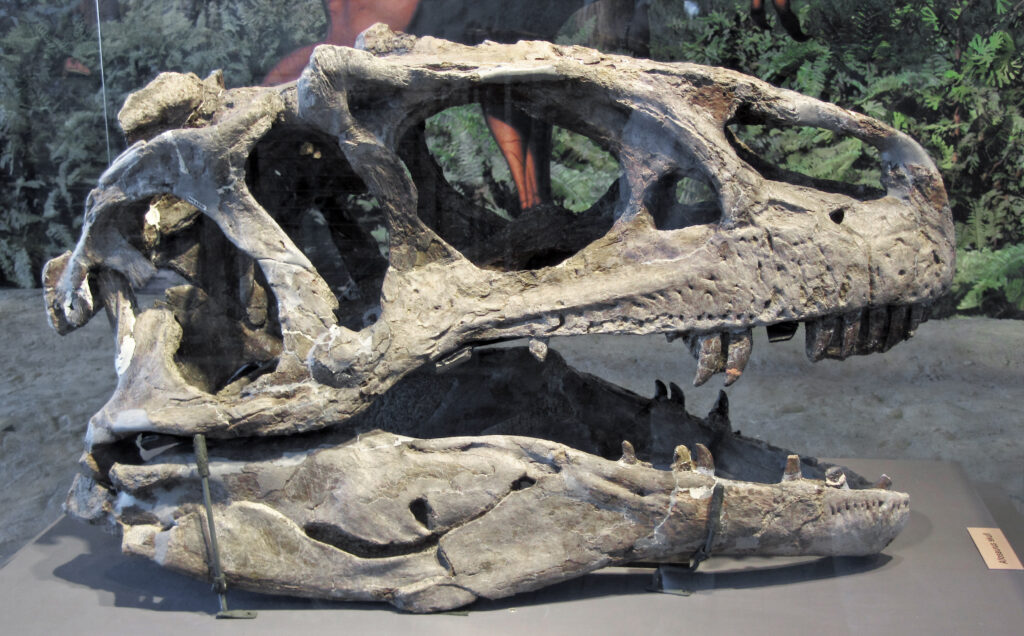
Paleontologists have gained remarkable insights into dinosaur brains through endocasts—impressions of brain cavities preserved in fossils. Studies of theropod dinosaurs reveal brain structures similar to those of modern birds, particularly in regions associated with complex behaviors. The cerebrum and cerebellum—areas involved in processing sensory information, motor skills, and learning—were relatively large in many theropods. Particularly noteworthy is the expanded forebrain in certain dinosaur groups like dromaeosaurids and troodontids, suggesting enhanced cognitive capabilities potentially sufficient for playful behaviors. The optic lobes were also well-developed in many species, indicating sophisticated visual processing that could support play activities that rely on visual cues and coordination. These neuroanatomical similarities provide a compelling foundation for hypothesizing play-like behaviors in certain dinosaur lineages.
Social Structures That Support Play

Play behaviors typically flourish in social species, particularly those with extended juvenile periods and complex social structures. Fossil evidence increasingly suggests many dinosaur species were highly social animals. Trackways showing multiple individuals moving together, nesting grounds with dozens or even hundreds of nests nearby, and bonebeds containing individuals of similar age all point to social living among various dinosaur groups. Hadrosaurs, ceratopsians, and many theropods appear to have lived in herds or groups, creating social contexts where play might have emerged. The discovery of juvenile dinosaurs in groups further suggests social interaction among young dinosaurs—a prime context for play behavior in modern animals. This social complexity mirrors what we see in birds and mammals that engage in regular play activities.
Extended Juvenile Periods in Dinosaurs

One of the most significant factors supporting the possibility of dinosaur play is the extended juvenile period documented in many species. Unlike most reptiles, which reach maturity relatively quickly, many dinosaur species experienced prolonged growth periods spanning several years or even decades. This extended development period, particularly evident in larger species like Tyrannosaurus and Apatosaurus, created a substantial window for learning and developing skills, precisely the conditions where play behaviors typically evolve. Histological studies of dinosaur bones show growth patterns similar to those of birds and mammals rather than reptiles, with distinct growth stages including an extended juvenile phase. This prolonged period of physical and neurological development would have provided ample opportunity for young dinosaurs to engage in play behaviors that helped refine motor skills, social interactions, and cognitive abilities.
Possible Forms of Dinosaur Play

If dinosaurs did play, what might these behaviors have looked like? Based on behaviors observed in modern birds and other animals, dinosaurs might have engaged in several types of play. Locomotor play—running, jumping, or mock fighting without serious intent—could have helped young dinosaurs develop coordination and strength. Object play, such as manipulating branches, rocks, or other items in their environment, might have occurred among more dexterous species like dromaeosaurids with their specialized forelimbs. Social play between juveniles, including chase games and gentle sparring, could have helped establish social hierarchies and develop combat skills necessary for later life. For flying or gliding dinosaurs and early birds, aerial play might have helped refine flight skills, just as young birds today practice flight maneuvers through play. While speculative, these scenarios are consistent with the physical capabilities and ecological contexts of various dinosaur groups.
Case Study: Maiasaura’s “Playgrounds”

The duck-billed dinosaur Maiasaura provides one of the most compelling contexts for potential play behavior in dinosaurs. Discovered in Montana in the 1970s, Maiasaura nesting grounds revealed remarkable insights into dinosaur parental care and development. Fossil evidence indicates that juvenile Maiasaura remained in the nest until they were approximately three feet long, then lived in groups or “pods” near the nesting colony. These juvenile groups, separated from adults but remaining in the relative safety of the colony, create a scenario strikingly similar to the “playground” contexts where young animals typically engage in play. The worn areas around these nesting sites might represent spaces where juvenile Maiasaura engaged in running games or other physical play. The name Maiasaura itself, meaning “good mother lizard,” reflects the parental investment that often correlates with play behavior in offspring.
Potential Play in Small, Agile Theropods
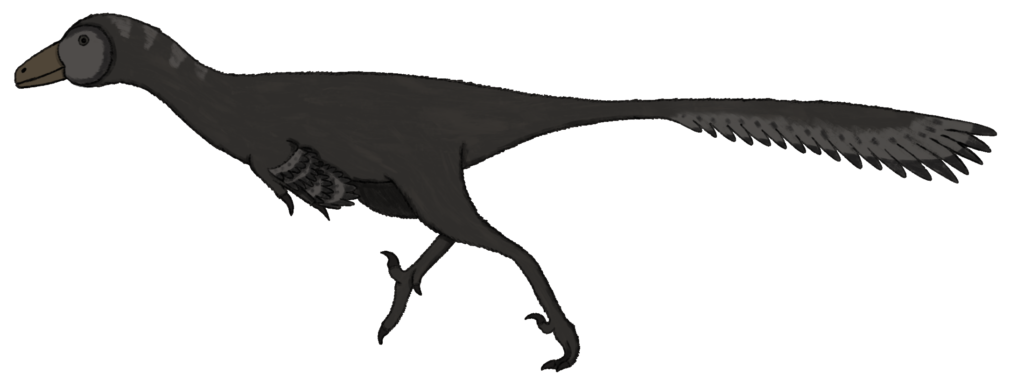
Small, agile theropods like Troodon and various dromaeosaurids (the family including Velociraptor) present particularly intriguing candidates for play behavior. These dinosaurs possessed relatively large brains for their body size, well-developed sensory capabilities, and dexterous forelimbs capable of manipulating objects. Their brain-to-body ratio approached that of some modern birds, suggesting comparable cognitive potential. Fossil evidence indicates these dinosaurs lived in groups and exhibited complex behaviors. Their physical attributes would have enabled diverse play activities, from object manipulation to running games and mock combat. The discovery of multiple Deinonychus specimens together suggests a social grouping that could have supported play interactions. The specialized “killing claw” on their feet, while eventually used for hunting, would have required practice to use effectively, possibly through play fighting among juveniles, similar to how young predatory mammals today practice hunting skills through play.
Could Large Sauropods Have Played?

The massive sauropods—long-necked giants like Diplodocus and Brachiosaurus—present an interesting question regarding play potential. Despite their enormous adult size, sauropods hatched from eggs no larger than footballs, growing from tiny juveniles to giants over decades. This extended growth period provided ample opportunity for juvenile behavior, including potential play. Young sauropods were likely more agile and active than their massive adult counterparts, potentially engaging in locomotor play as they developed the coordination to manage their eventually enormous bodies. While their limited brain size relative to body mass might suggest restricted cognitive capabilities, brain-to-body ratios in hatchlings and juveniles were more favorable. Group living, documented through trackways showing multiple individuals of varying sizes moving together, would have created social contexts where play could emerge. While certainly different from the play of more cognitively complex dinosaurs, simple forms of physical play might have been part of young sauropod development.
The Challenge of Identifying Play in the Fossil Record

Identifying play behaviors in extinct animals presents significant challenges for paleontologists. Unlike bones and teeth, behaviors don’t directly fossilize, forcing scientists to rely on indirect evidence and comparative approaches. Occasionally, fossils capture animals in death positions that might suggest playful activity, but alternative explanations like predator avoidance or illness typically cannot be ruled out. Trace fossils like footprints can sometimes reveal unusual movement patterns that could represent play, but again, alternative explanations are difficult to eliminate. Modern analogues provide important frameworks for interpretation—if modern birds and crocodilians (the closest living relatives to dinosaurs) both exhibit play behaviors, the ancestral archosaur likely had the capacity for play as well, suggesting many dinosaur lineages inherited this potential. Despite these challenges, new analytical approaches and fossil discoveries continue to provide windows into potential dinosaur behaviors, including play.
Play Signals in Modern Birds That Might Apply to Dinosaurs
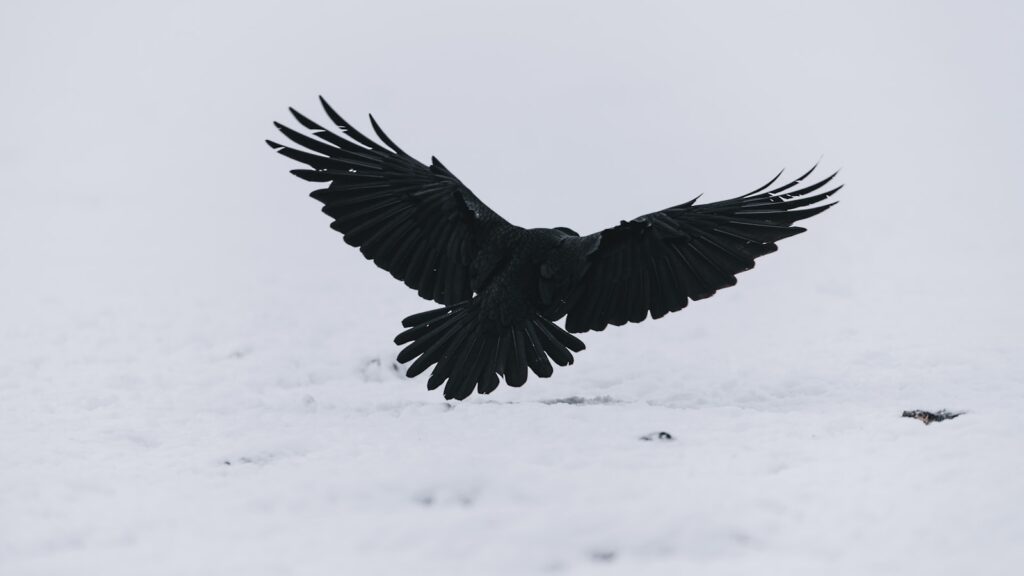
Modern birds use specific signals to indicate play intentions to potential playmates, and similar signals might have existed among dinosaurs. Ravens and crows perform distinctive rolling movements or adopt specific postures before engaging playmates. Parrots often lie on their backs as an invitation to play. These visual signals help establish a play context, ensuring that mock aggression isn’t misinterpreted as actual fighting. If dinosaurs engaged in social play, they likely required similar signaling mechanisms. Head bobbing, exaggerated movements, or specific vocalizations might have served as play signals among dinosaur groups. Colorful display features like crests, frills, and feathers—now known to have adorned many dinosaur species—could have played roles in social signaling, including play invitations. While speculative, these potential signaling behaviors would be consistent with the complex social interactions suggested by dinosaur fossil assemblages and trackways.
Scientific Debate and Skeptical Perspectives
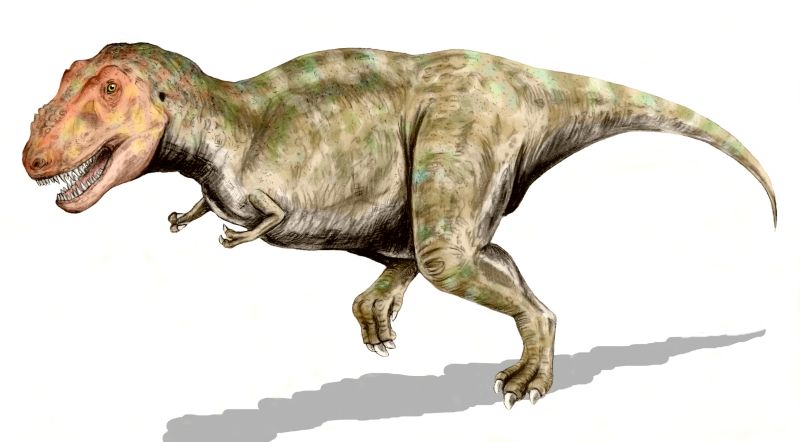
Not all paleontologists embrace the idea that dinosaurs engaged in play behaviors similar to birds. Skeptics argue that attributing such complex behaviors to extinct animals risks anthropomorphism—projecting human or modern animal traits onto creatures that may have been fundamentally different. Some point to the relatively smaller brain sizes of many dinosaurs compared to their body mass as evidence against complex behaviors like play. Others emphasize the methodological challenge of inferring behavior from fossil evidence alone, suggesting that claims about dinosaur play remain speculative rather than demonstrable. This healthy scientific skepticism encourages researchers to develop more rigorous methods for investigating ancient behaviors and to seek multiple lines of evidence before concluding. The debate continues to drive innovative research approaches to understanding dinosaur behavior, including comparative studies with living archosaurs, detailed analyses of fossil brain endocasts, and computer modeling of dinosaur biomechanics and sensory capabilities.
Implications for Understanding Dinosaur Intelligence

Recognizing the possibility of play in dinosaurs would significantly impact our understanding of dinosaur intelligence and cognitive evolution. Play behavior correlates strongly with cognitive flexibility, problem-solving abilities, and innovation in modern animals. If certain dinosaur groups engaged in regular play, it would suggest levels of cognitive sophistication previously underappreciated in these ancient reptiles. This perspective challenges traditional views of dinosaurs as instinct-driven animals with limited behavioral plasticity. The capacity for play would indicate that dinosaurs could learn from experience, adapt to novel situations, and potentially pass knowledge socially—capabilities once thought limited to mammals and birds. This evolutionary continuity in cognitive abilities from dinosaurs to modern birds would help explain the remarkable intelligence observed in corvids, parrots, and other avian groups today. Far from being an evolutionary novelty in birds, complex cognition may represent an inheritance from their dinosaurian ancestors, maintained and elaborated over millions of years of evolution.
Future Research Directions

The question of dinosaur play behavior opens exciting avenues for future research. Advanced imaging technologies now allow unprecedented views into dinosaur neuroanatomy, potentially revealing brain structures associated with complex behaviors. Comparative studies across living archosaurs (birds and crocodilians) can help establish behavioral baselines and identify neural correlates of play that might be detectable in fossil endocasts. Computer modeling of dinosaur biomechanics continues to refine our understanding of how different species moved, potentially identifying movement capabilities consistent with play activities. New fossil discoveries, particularly of juvenile dinosaurs in social groups, may provide more direct evidence of play-like interactions. Trace fossils—trackways, nesting grounds, and other preserved evidence of behavior—offer another promising approach, potentially capturing movements or interactions inconsistent with purely survival-oriented behaviors. As these research threads develop, our picture of dinosaur behavior, including the possibility of play, will continue to become more nuanced and evidence-based.
Conclusion

The possibility that dinosaurs engaged in play behaviors similar to their avian descendants opens a fascinating window into the complex lives of these ancient animals. While direct evidence remains elusive due to the limitations of the fossil record, mounting indirect evidence from brain structures, social organization, developmental patterns, and evolutionary relationships with modern birds suggests that play behaviors were likely part of at least some dinosaurs’ behavioral repertoire. As we continue to develop new techniques for studying ancient behaviors and gather more fossil evidence, our understanding of dinosaur play will undoubtedly evolve. Far from the sluggish, primitive reptiles once portrayed in early paleontology, dinosaurs increasingly appear as dynamic, behaviorally complex creatures—some perhaps even capable of the joy, curiosity, and social connection that play behaviors represent in animals today.

